Does changing the stock CPU cooler for an after-market one make a difference?
Whether buying a pre-built system or constructing your own, the stock CPU cooler isn't usually much to shout about.
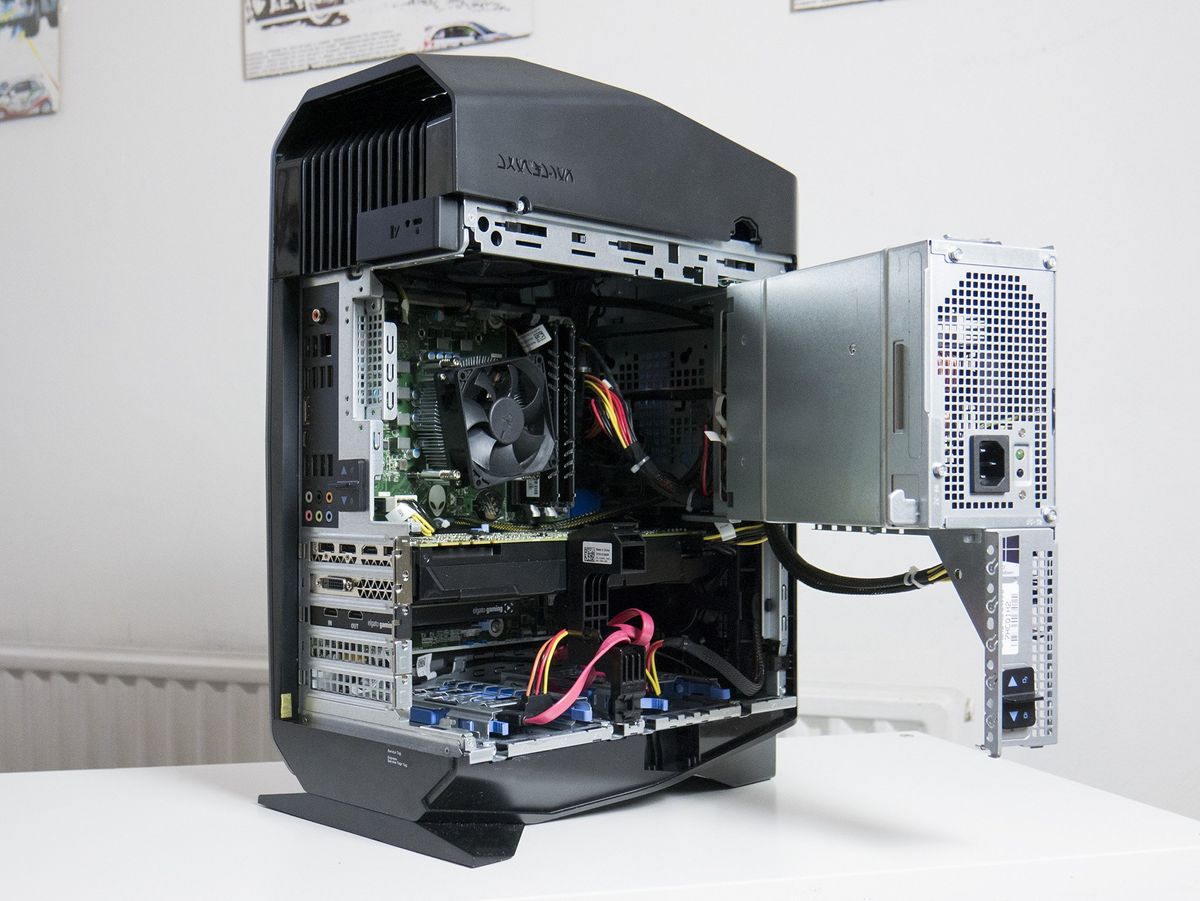
The cooler that came with your PC will does the job. It has to, otherwise, you're buying a faulty product. But doing the job and doing a good job are different things entirely. The Alienware Aurora R5 I picked up and reviewed recently came with a pretty puny air cooler over its Core i7 6700 CPU. Not particularly impressive for a high-spec pre-built desktop PC.
Nevertheless, it did the job fairly well. It wasn't particularly loud and overly high temperatures didn't seem to be a thing. But I still decided to take a punt and swap it to see if there was any real improvement.
For science.
And there's no liquid involved here, we're talking air cooler to air cooler.
The process
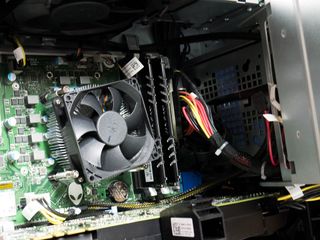
Changing out the stock cooler is a straight forward process if you've never done it before. The only thing you may have to do — as I did — is remove the motherboard from the PC case to get access to the rear.
In my case, I've gone for a Cryorig C7 low profile cooler because of the space restrictions imposed by the compact enclosure of the Aurora R5 case. As it's a universal cooler for both Intel and AMD sockets there's a custom bracket for it to bolt to that anchors on the back of the motherboard. Hence needing to disconnect everything and remove the board from the case.
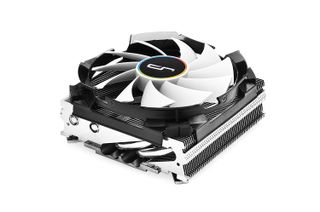
And a pro-tip for anyone else doing this on a Dell or Alienware PC: Dell seems to use crazy adhesive tape to mount its own cooler bracket which isn't exactly a delight to remove. So go in prepared and with patience.
Get the Windows Central Newsletter
All the latest news, reviews, and guides for Windows and Xbox diehards.
The CPU cooler connects to the motherboard via a single connector that'll most likely be located just above the CPU socket. Once your new cooler is bolted in place, simply plug in and fire up the PC to make sure it's working properly. It's best to do this while the case is still open just to save yourself the effort in the event something is wrong.
The results
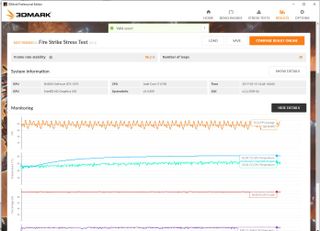
To be clear, I wasn't expecting a lot from this. It was partly through curiosity, partly through just wanting to squeeze a bigger cooler inside my PC. There are some immediate differences between the stock cooler and the Cryorig, however: Noise.
It's just as quiet under normal, everyday use as the stock cooler, no surprises there. But under load, like when gaming, it's definitely quieter. It's a larger cooler with a much larger fan, but it's also better when it comes to noise. This is almost certainly a benefit you'd expect on any aftermarket cooler over the stock option. Some, like the Be Quiet Shadow Rock are specifically targeted at those looking for the quietest possible choice.
Under a quick stress test using the 3DMark suite there wasn't any real difference in CPU temperature. Where there is an improvement is in how quickly the temperature dropped again after the load was withdrawn and how cool the CPU is during normal use.
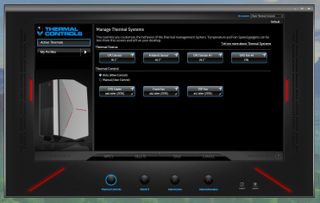
In this circumstance, the temperatures are about 4-5 degrees celsius lower than the old, stock cooler, and it cools down quicker than the old one did. The CPU fan rarely goes above 20% unless doing something stressful, the same being said of the intake and exhaust fans built into the case.
So, there is an improvement, albeit a mild one in this case. It's quieter under load and quicker to cool with a lower standard operating temperature. It's certainly more efficient that what went before it.
So why change at all?
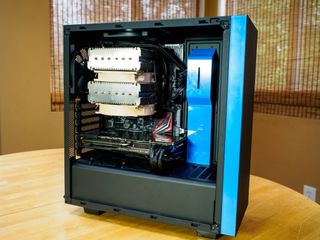
In my case, I was limited to what sort of cooler I could use because of the confines of the Aurora's case. It had to be a low profile cooler, and while there is an improvement it's nothing dramatic.
Generally speaking, a larger, more efficient cooler will be better for keeping the CPU cool, especially if you plan on doing any form of overclocking or lengthy stress, such as VR. It's not as simple as the bigger the better, though. Look for the design, the number of heat pipes, quality and size of fans etc.
You could also skip the air cooler entirely and go for an all-in-one liquid cooler. You don't have any fans over the top of the CPU in this kind of setup, instead attaching a block which connects to a radiator via liquid-filled tubes.
Keeping temperatures in line is important for the stability and longevity of your system. With a CPU like the i7 6700 I won't be overclocking (the 6700K would be the choice there), so an air cooler is working fine to maintain a stable, cool system for me. What you're going to do with your PC will determine the cooling route you need to go down.
But if you're going to be pushing it a lot, probably avoid the stock in-box cooler. Sometimes "good enough" isn't quite good enough.

Richard Devine is a Managing Editor at Windows Central with over a decade of experience. A former Project Manager and long-term tech addict, he joined Mobile Nations in 2011 and has been found on Android Central and iMore as well as Windows Central. Currently, you'll find him steering the site's coverage of all manner of PC hardware and reviews. Find him on Mastodon at mstdn.social/@richdevine